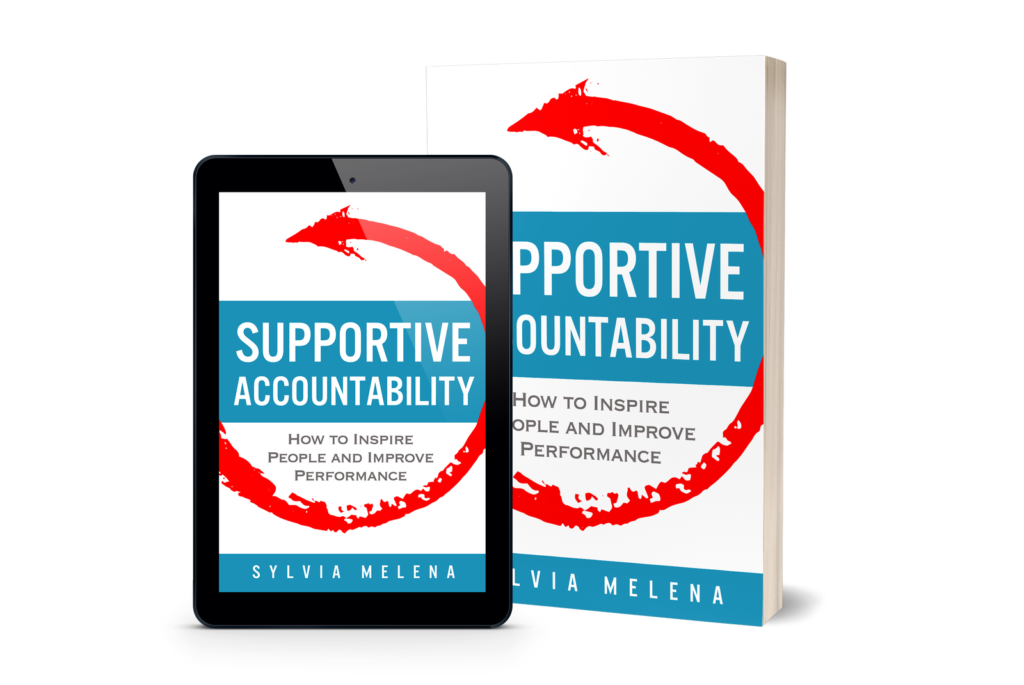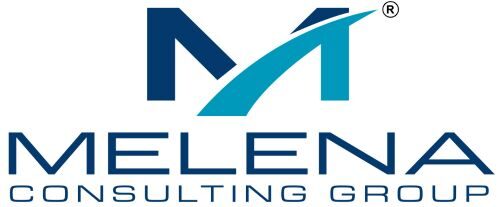Times are difficult.
Leading people was hard enough already, then a world-wide pandemic struck.
Employees are stressed, exhausted, and worried.
What Can You Do?
Ramp up your supportive leadership to reduce people’s level of uncertainty and stress. —
Sylvia Melena
Lead with health-promoting leadership.
7 Tips to Pivot Your Leadership
Here are seven tips on how to pivot your leadership in a virtual environment. I shared these in a previous post, but I updated them for our new reality.
Tip 1 – Reassess the workload.
Excessive workload without adequate resources contributes to employee burnout and stress, which in turn lead to health-related issues.1
In this pandemic, organizational leaders are turning to technology for the continuity of operations while promoting social distancing. If you’re among them, that’s great.
But are you considering the new workload brought by the associated learning curve? Not all employees are comfortable with technology and some need time to acquire new skills.
You can support them by giving them the extra time they need to learn. Take inventory of employees’ tasks, identify those that are not mission-critical, and decide which you can set aside for now.
Tip 2 – Give employees control over their virtual work.
This type of autonomy is associated with health-related benefits.2
We need to let go and let people do their jobs in a way that works for them. This doesn’t change when people work remotely.
I’ve been reading several managers’ posts on social media, and some are worried about employees relaxing at home and not doing their work because they’re not physically monitored.
Thinking this way is unhealthy and can lead to micromanagement.
If we want employees to trust us as leaders, we need to trust them first.
Instead of focusing on the process employees use to get their work done, shine a light on measurable results. These are performance indicators, products produced, projects completed, etc.
Focusing on results rather than process is easier said than done. I can attest to that myself.
But letting go isn’t just good for employees, but for managers because it frees them to focus on the bigger picture.
Tip 3 – Rethink appreciation considering the pandemic’s impact on employees.
Employees who don’t receive recognition and appreciation from their leaders are at a higher risk of burnout.”3
People are feeling multiple stressors — children are home, elderly loved ones are at risk, friends and family are hospitalized, access to routine places is restricted, and so much more. People need your appreciation more than ever.
And it’s not the formal rewards that will make a difference right now. It’s having a heart and showing appreciation for people’s contributions at work despite the challenges. It’s about showing gratitude with deeds and not just words.
Right now, people need compassion, hope, and understanding. This is how they feel appreciated.
Tip 4 – Promote positive virtual working relationships.
Positive interactions with other people in the workplace help prevent exhaustion, whereas negative ones can be detrimental to people’s health.4
Health-promoting leaders have healthy relationships with other people in the workplace. They encourage healthy team disagreement and debate within the context of mutual support and respect. That doesn’t change in a virtual world.
Health-promoting leaders empower people to challenge their thinking because they know it leads to stronger outcomes. They’re secure enough to handle the challenge and to admit they don’t have all the answers.
Tip 5 – Maintain workplace fairness in a remote environment.
The perception of workplace unfairness can contribute to employee exhaustion and cynicism, which increases the risk of burnout.5
Health-promoting leaders actively ensure fairness and consistency in the way they treat employees, make decisions that impact people, and allocate resources.
Right now resources are more important than ever. Be intentional and transparent about how you allocate them. Let employees know what it takes to access them.
Tip 6 – Recognize that people’s values have shifted drastically.
Employees need alignment between their values and their work, and incongruence increases the chances of employee burnout.
Jiménez et al. encourage leaders to promote value alignment “by trying to match employees’ daily activities and career interests with the company’s objectives.”11
In times of global crisis, people’s values, needs, and priorities shift. Communicate quickly. Find out what’s important to them, and share the new organizational direction and priorities.
I’ve managed in times of crisis and know the toll it takes. You’re in the hot seat. You’re constantly shifting gears. And depending on your role, you’re being pulled in all directions by staff, your leaders, regulators, media, elected officials, your Board, and more. You’re on communication overload.
Imagine what employees are feeling. They’re getting it from all directions too.
Take the time to distill information rather than merely forwarding everything you get. It’s a vital form of support. It also helps people prioritize what matters most to the current mission.
Tip 7 – Significantly ramp up employee health awareness.
Employee health awareness is when employees know about the essential factors that affect their health. And this awareness is directly related to employee health outcomes.6
COVID-19 has exponentially increased the need health awareness. Provide consistent messaging to your team about what they can do to protect their health, as well as the health of their co-workers and loved ones.
Also, let them know what you and your organization are doing to protect them. Communicate extensively and often – on your website, via email, during video conferences, through info sheets, everywhere.
This messaging isn’t just verbal and written. The best way to engage in health-promoting leadership is by example. Wear your mask, keep a healthy distance, and wash your hands frequently. Stay informed and follow all known health-related protocols.
Leaders who prioritize their health are positive role models for their staff and are more successful at elevating health awareness.7 Their commitment to personal health also inspires action.
The Healthy Bottom Line
These are challenging times. However, if you engage in health-promoting leadership, you help employees give their best and improve your chances for success in these uncertain times.
SYLVIA MELENA is the Founder and CEO of Melena Consulting Group, a leadership and management consulting and training company. She is also the award-winning author of Supportive Accountability: How to Inspire People and Improve Performance.

1-7 Paul Jiménez, Bianca Winkler, and Anita Bregenzer, “Developing Sustainable Workplaces with Leadership: Feedback about Organizational Working Conditions to Support Leaders in Health-Promoting Behavior,” Sustainability 9, no. 11 (2017):1 - 16, https://doi.org/10.3390/su9111944. Creative Commons License: https://creativecommons.org/licenses/by/4.0/. Accessed on June 25, 2019.





